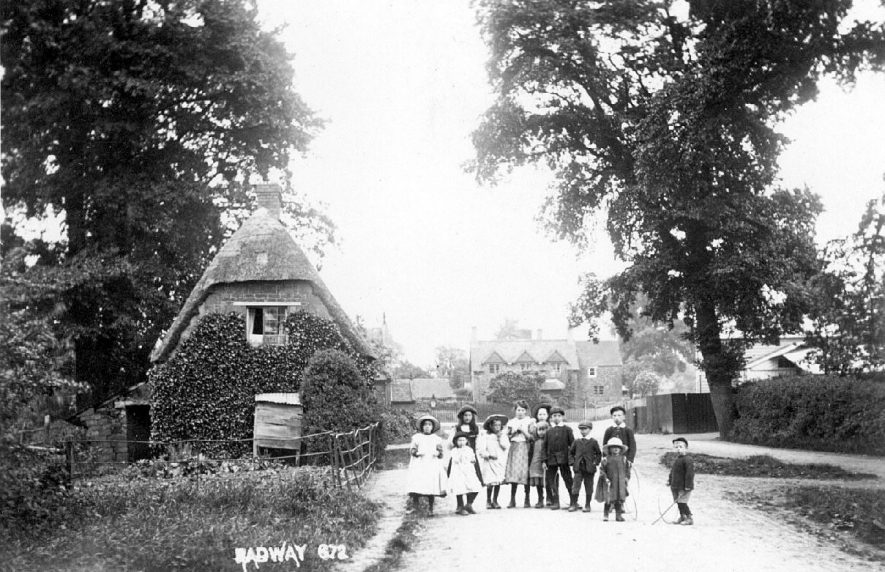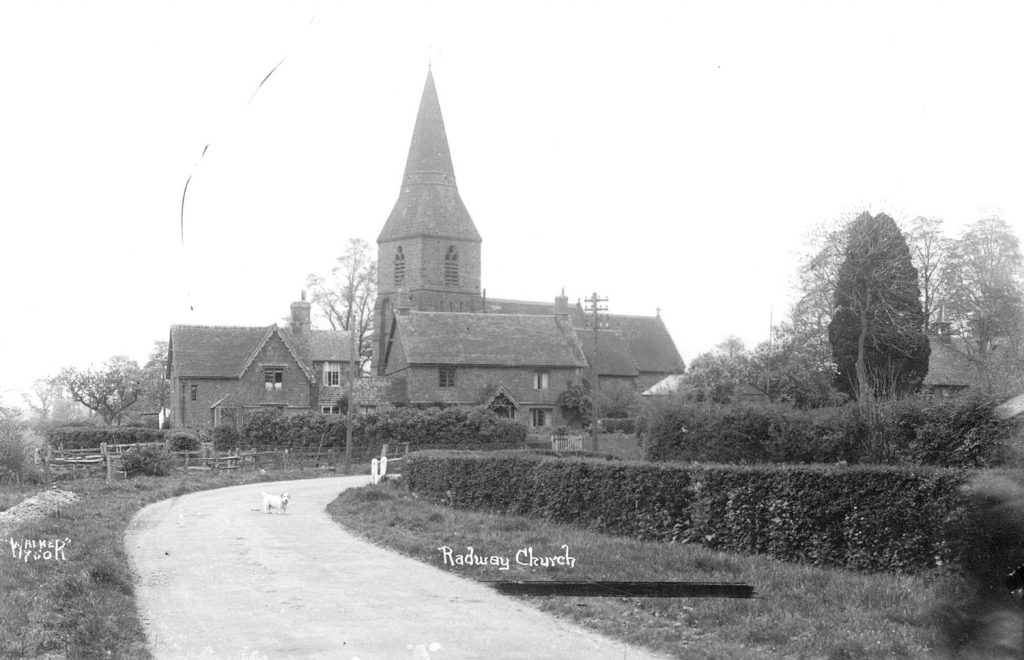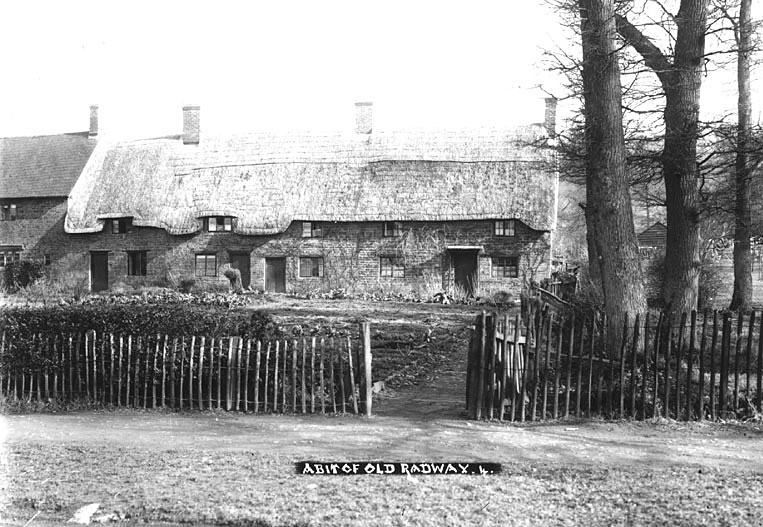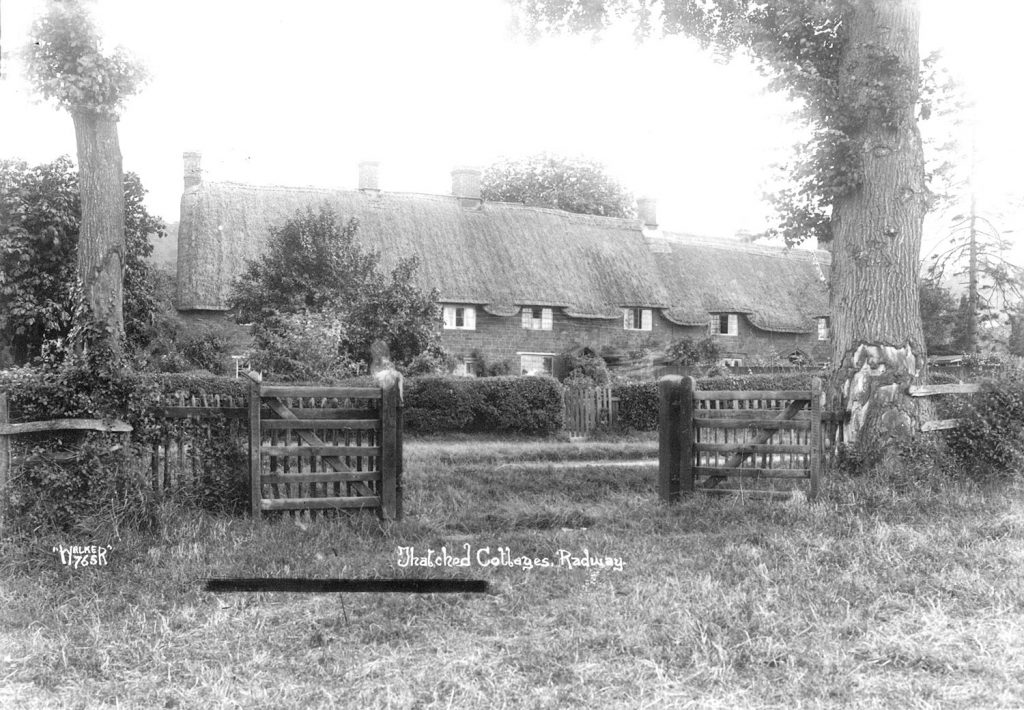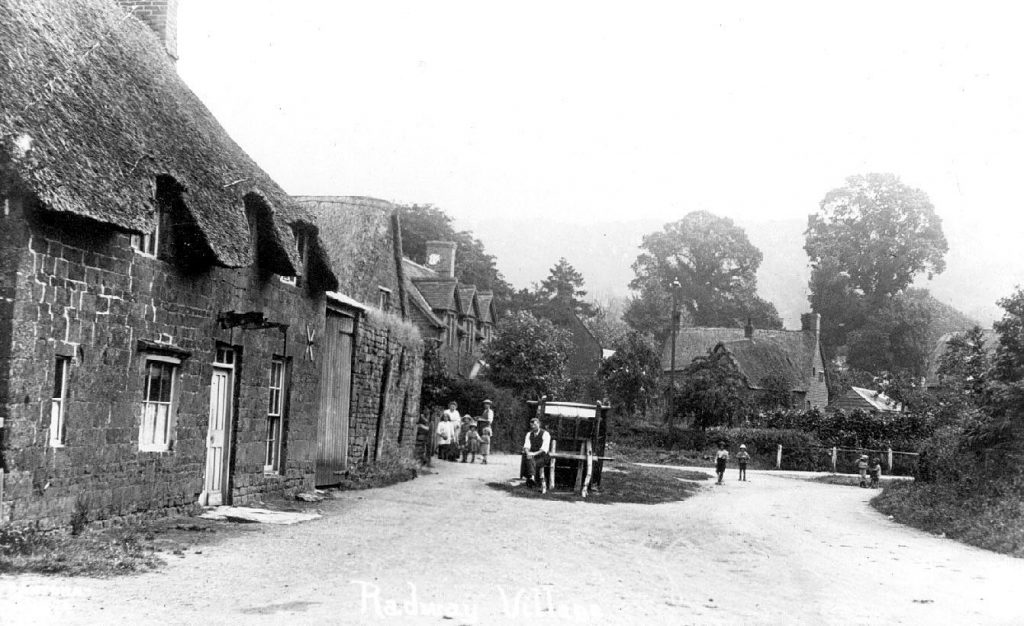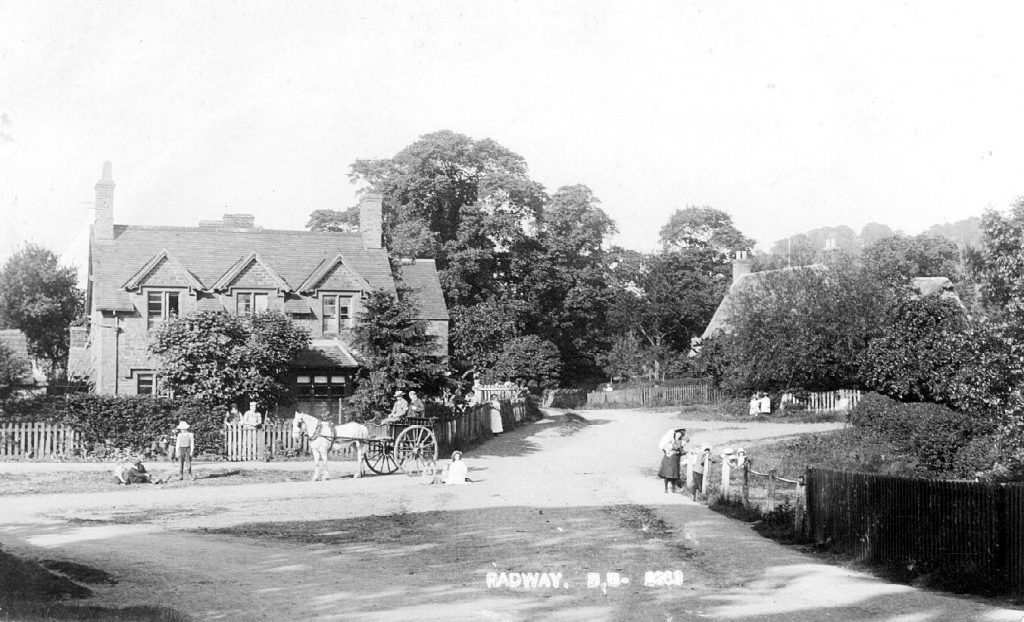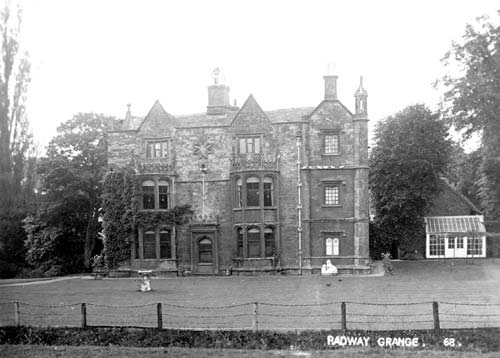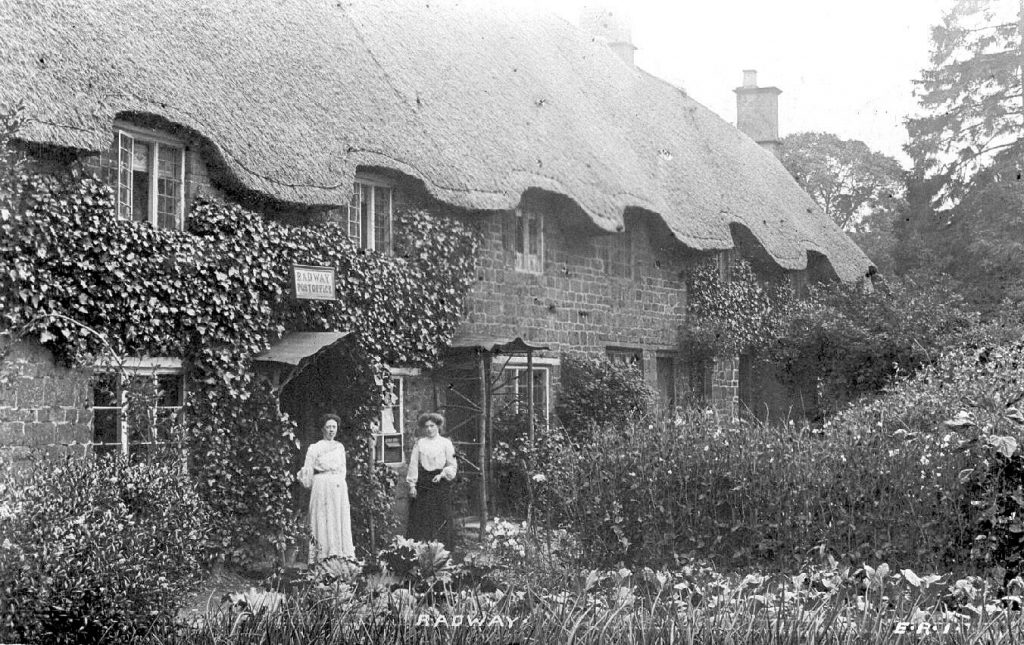Village history
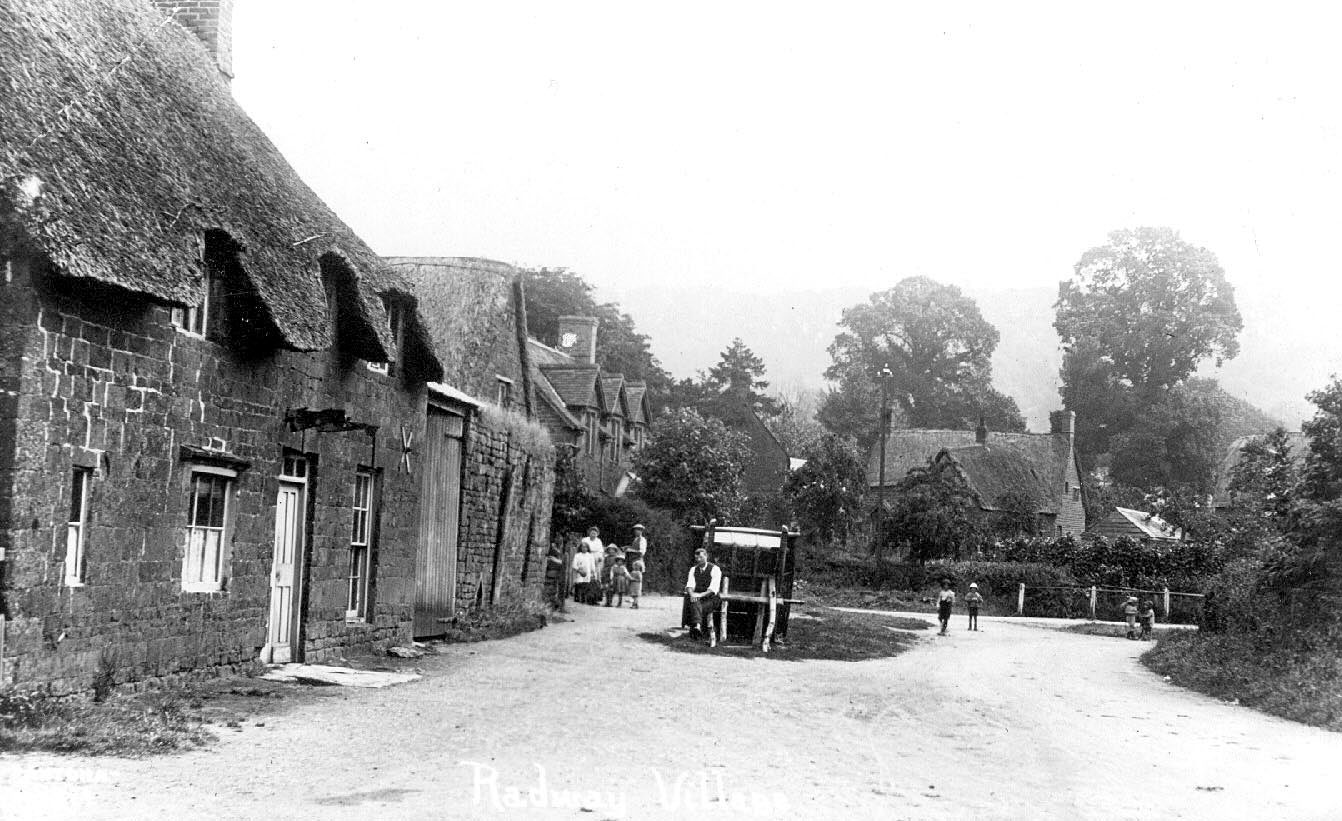
Village history
A brief history of Radway
- Radway is mentioned in the Domesday Book
- The Battle of Edgehill was fought on the edge of the village and one of the soldiers is said to still haunt here
- A monastic house, The Grange, was established by the Cistercian Monks from Radmore in the 12th Century and was later turned into a grand house by the Gothic Architect, Sanderson Miller in the 18th Century
- Henry Fielding is believed to have read some of Tom Jones to a house party at The Grange before it was published
- St Peter’s Church was built in 1866 and replaced an earlier medieval church
- The churchyard has a memorial to a victim of an early motoring accident dated 1899
- The ancestors of the American President George Washington lived at The Grange as did Earl Haig, the WW1 General and founder of the poppy appeal
- John Profumo was MP for Stratford-upon-Avon and is believed to have stayed in Radway.
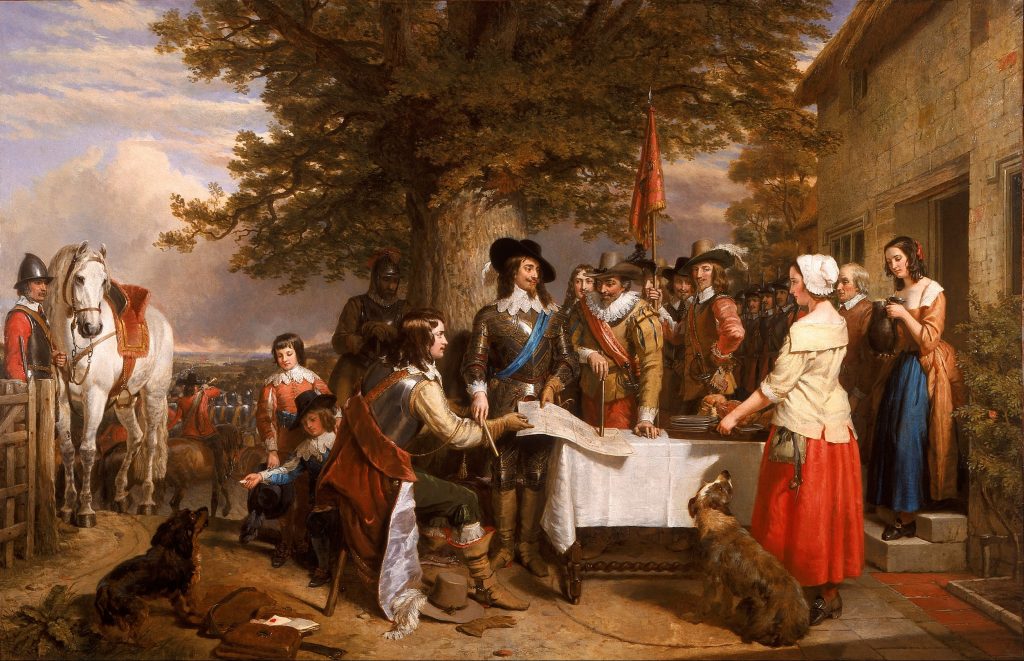
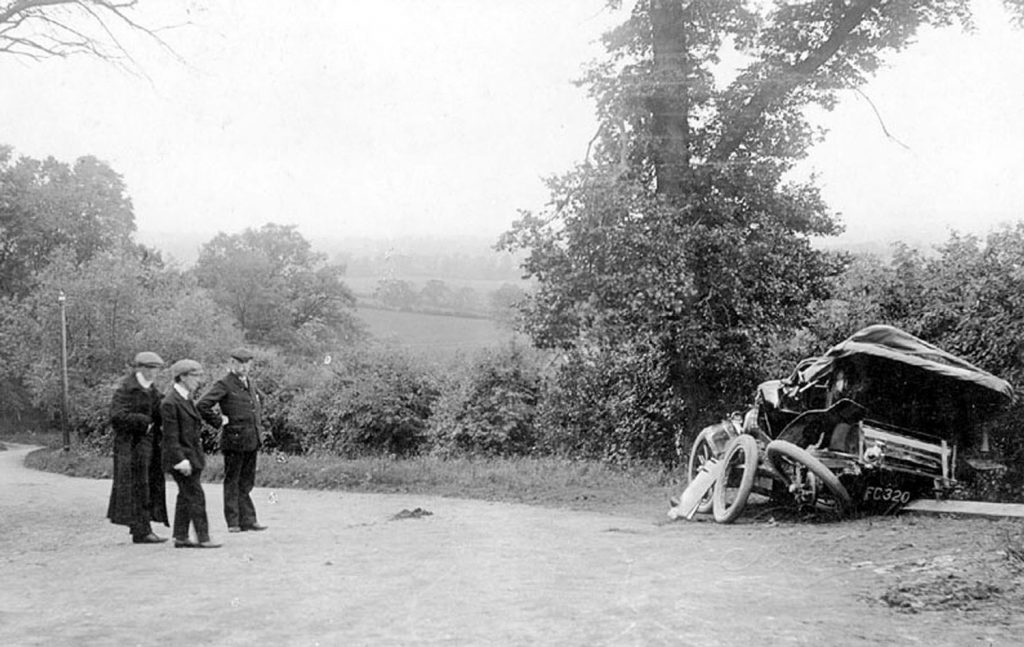
More significant features of Radway’s history:
Early Saxon – it is assumed that King John’s Lane was a Mercian boundary.
Saxon – earliest recorded historic links are to Coventry when Radway was wholly owned by the Church.
Radmore Monks – Edward1 in 1284 grants a “free warren” (an enclosed area for the breeding of game), in Radway Manor.
Church of St Peter – originally built in 1321, it was demolished when the present church was consecrated in 1866.
Radway Grange – built in the 16th century by the Stoneleigh monks and redesigned and landscaped by Sanderson Miller in the 18th century.
The Farmers – Spring line village with organised drainage. Grazed parkland, visible evidence of ridge and furrow, working farms within the village.
The Quakers – significant Quaker tradition with a burial ground and Quaker Meeting House (Oriel Cottage) which was in use until 1850.
Village Hall and Church School – commissioned by Charles and John Chambers in 1852 and 1854 respectively.
War Memorial Lych-gate – erected in grateful remembrance of those belonging to the village who served in the Great War 1914 – 1918 and in sacred memory of those who fell in active service 1939 – 1945. Field Marshall Earl Haig is listed in the roll of honour.
The Green – houses erected by the council in the 1950s in three phases on the boundary of “The Green”.
Townsend Farm – adaptation of former farm buildings to create 5 dwellings in the late 1980s.
Old Stable Yard Stable Mews – adaptation of former stables and new buildings to create 7 dwellings in the late 1990s.
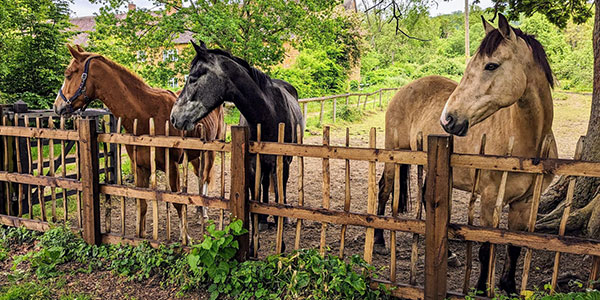
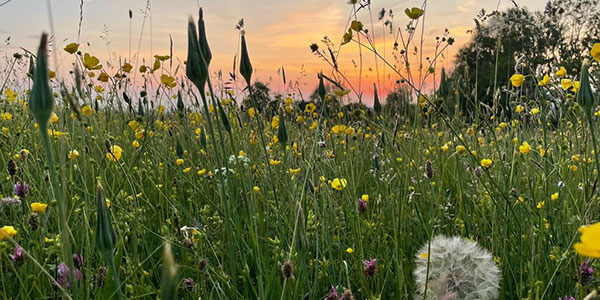
Latest minutes & agendas
Latest Notices
- Join our Voice of Warwickshire panelJoin our new Voice of Warwickshire residents’ panel and get ready to share YOUR views!
- Mobile Library timetable 2024/25Please find attached a new copy of the 2024/25 timetable for the mobile library.
- Warwickshire Fire & Rescue ServiceWe carry out a free and valuable service that you and your parishioners may not know about. This service is called a ‘Safe and Well Check’.
